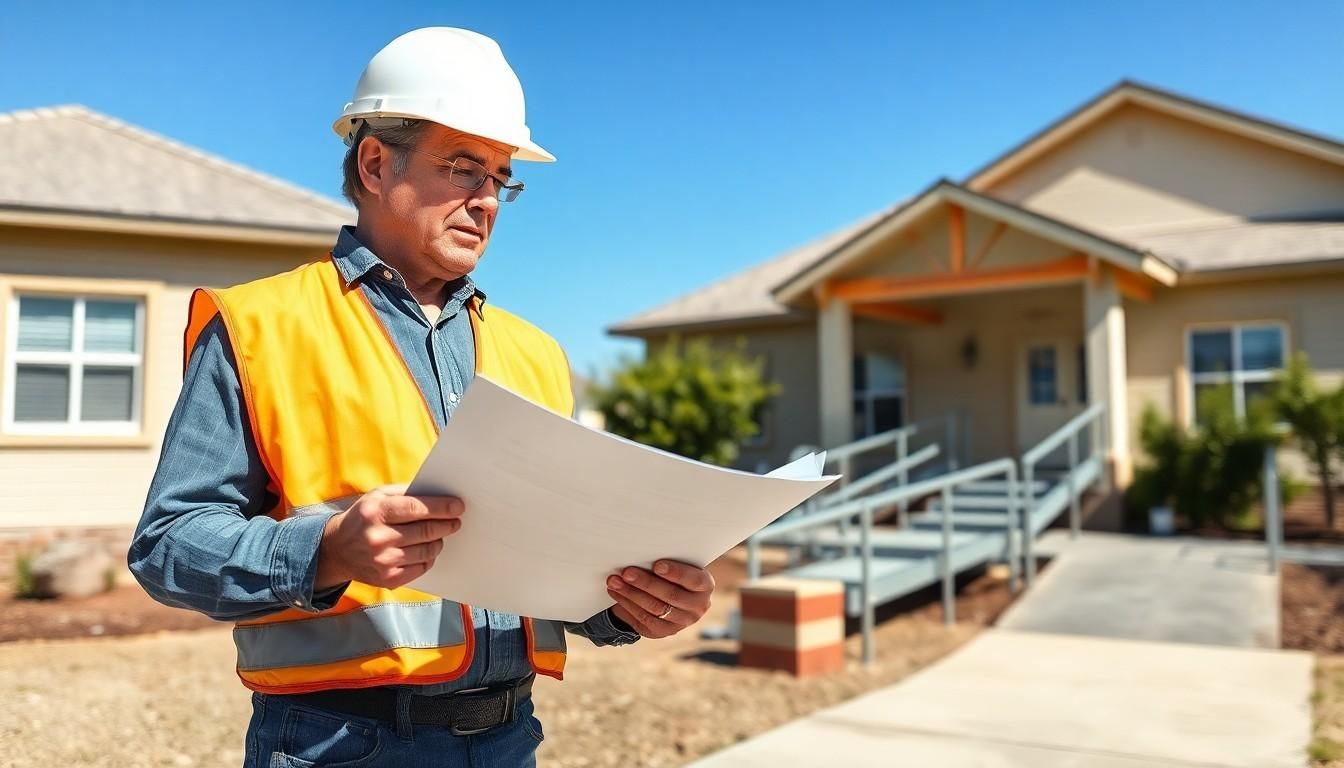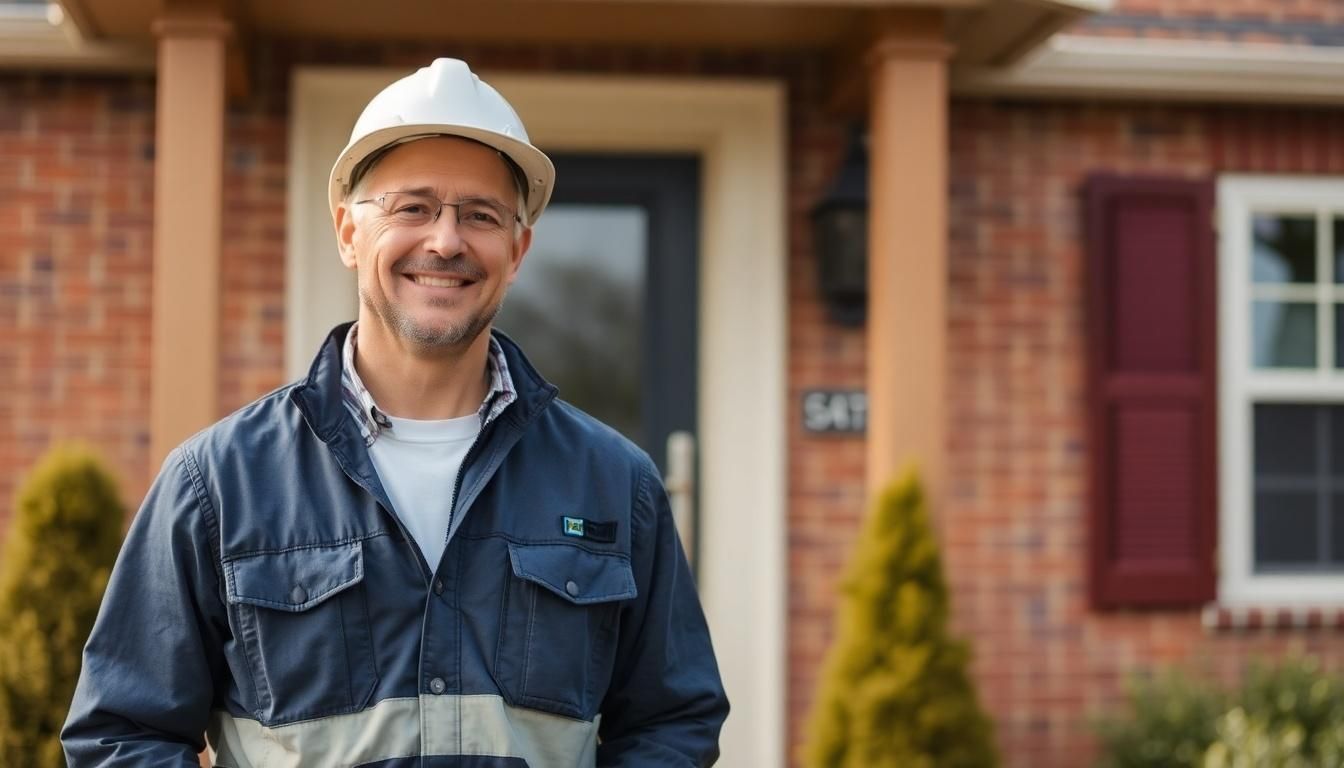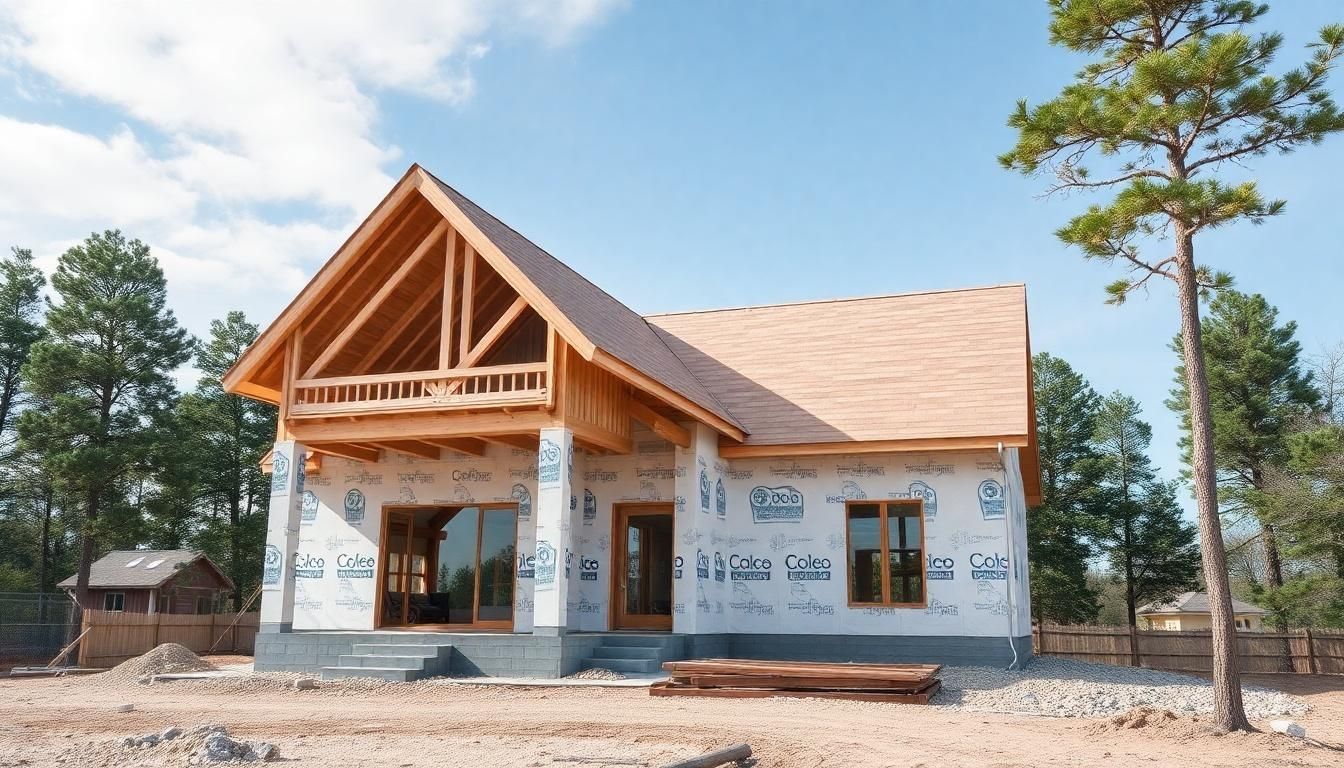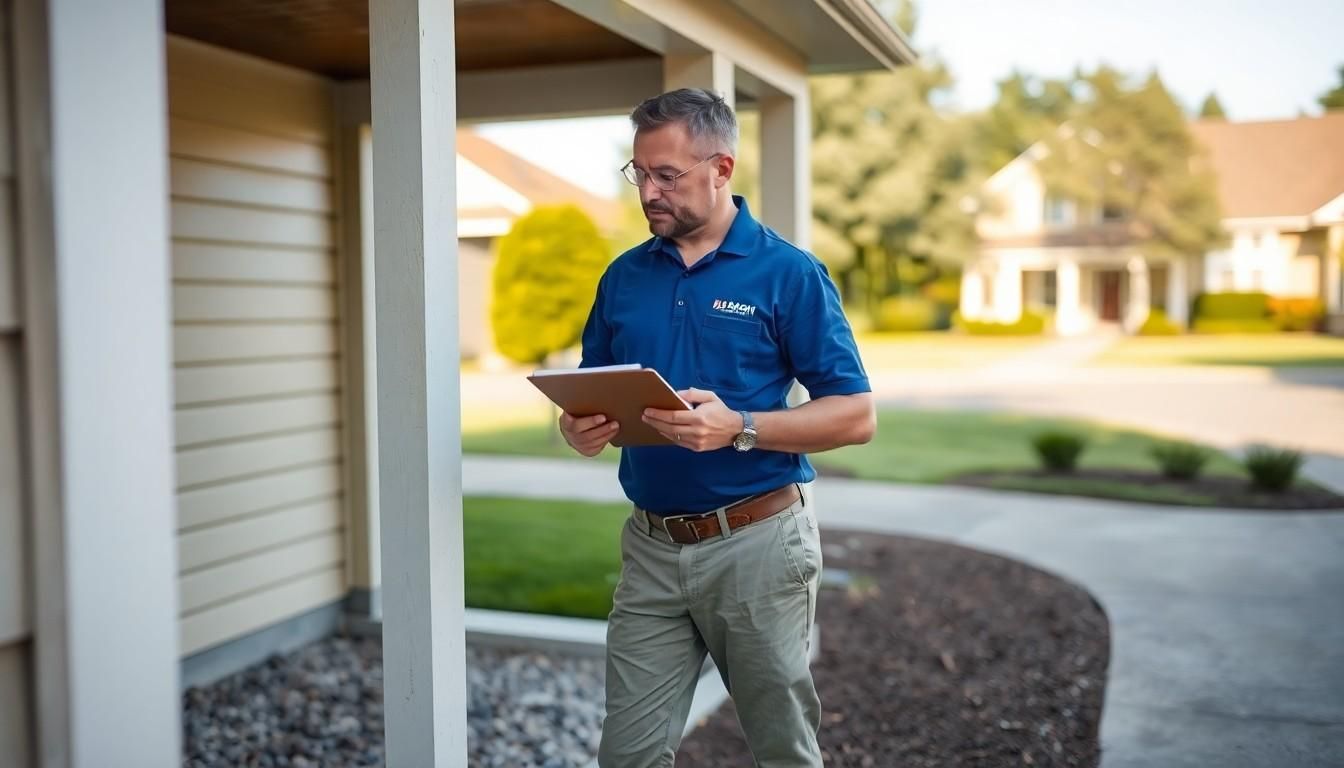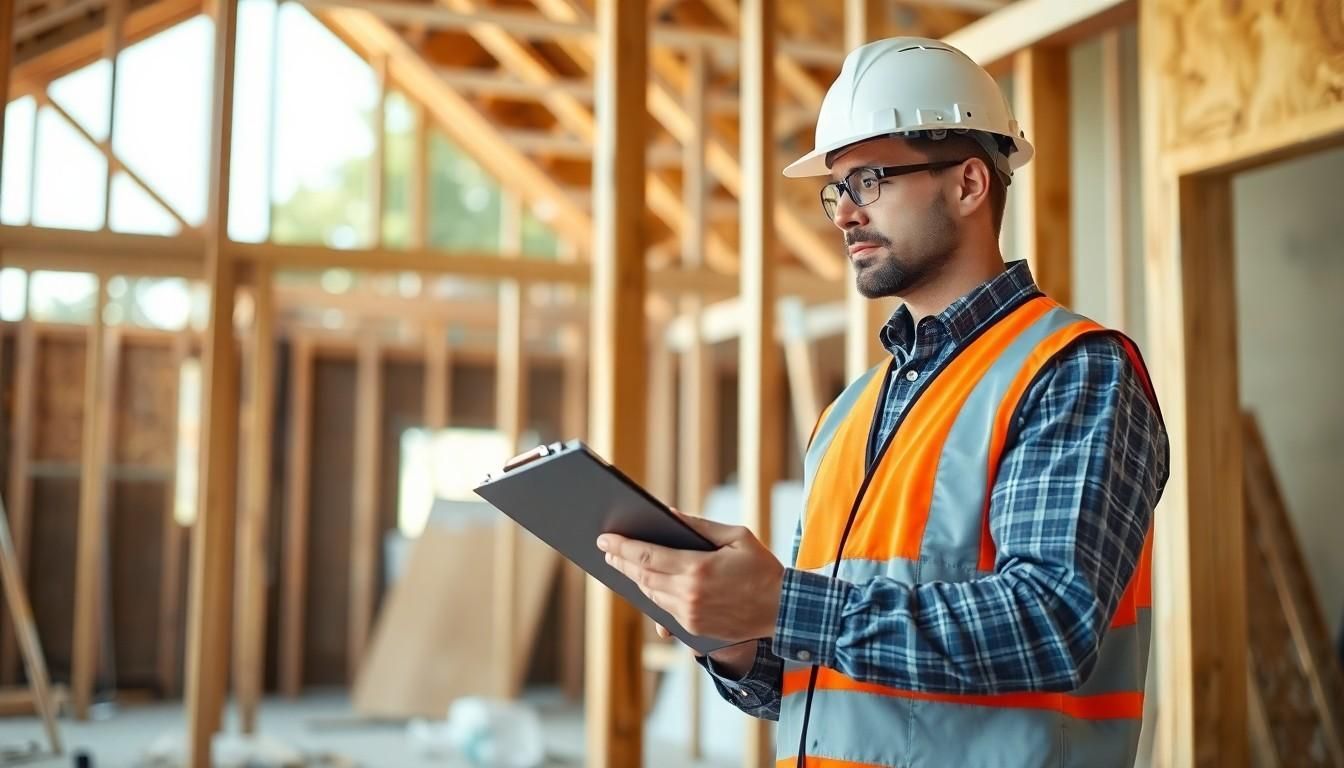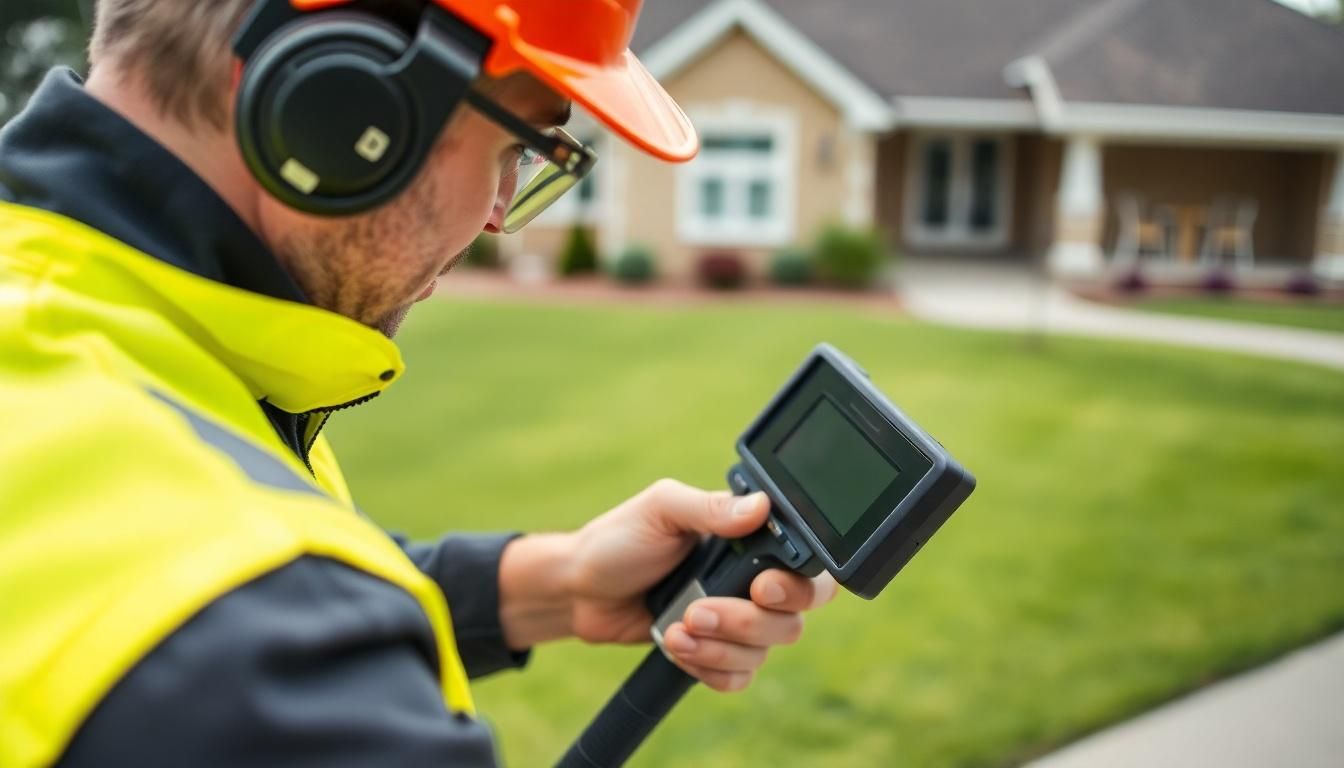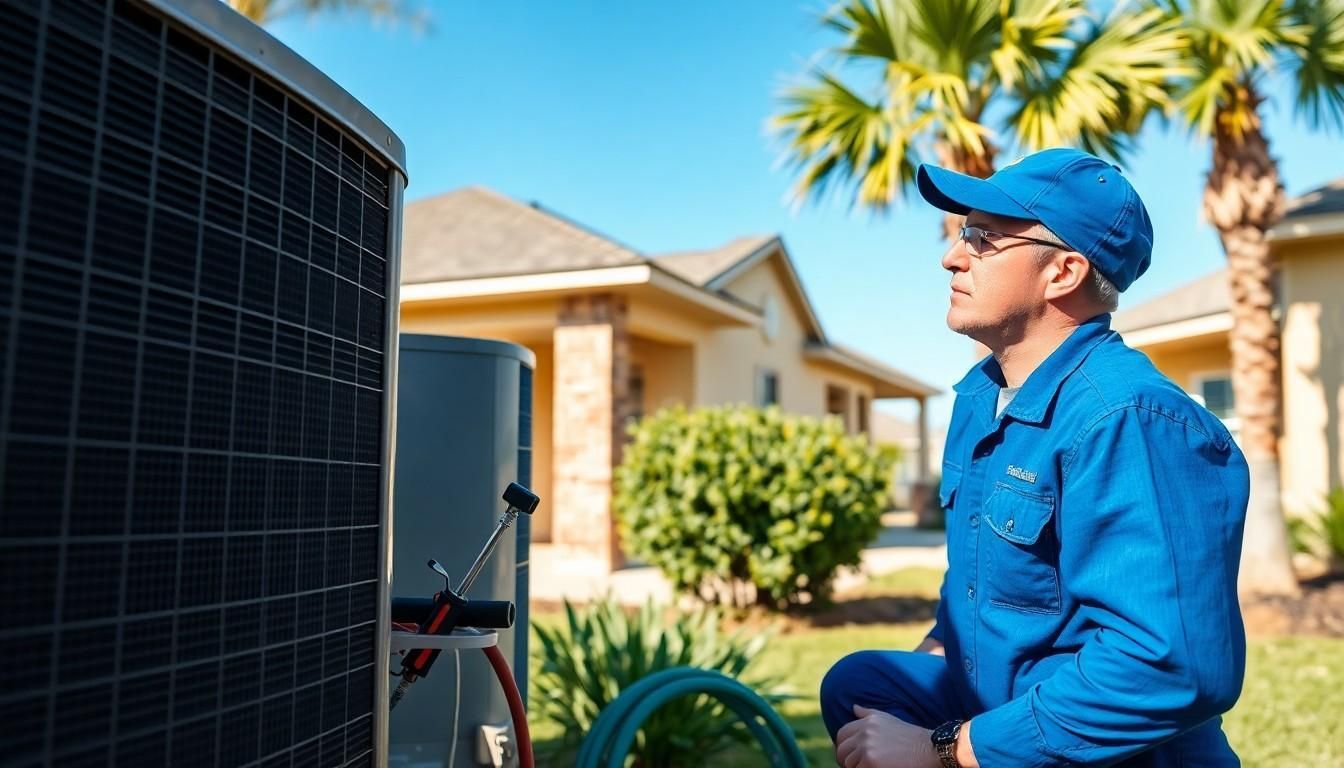Common Issues Found During Home Inspections And How They Can Be Solved
- Structural issues: Hairline/horizontal cracks, sloping floors, sticking windows/doors, water pooling.
- Electrical concerns: Overheating aluminum wiring, double-tapped breakers, missing GFCIs.
- Plumbing problems: Leaks, outdated polybutylene pipes, poor water pressure, old water heaters.
- HVAC issues: Inefficient systems, cracked heat exchangers, age-related decline.
- Roof findings: Worn shingles, leaks, rusted nails, damaged caulking/siding.
- Water damage: Mold, musty odors, discoloration, peeling paint.
- Preparation tips: Clear access, test detectors, inspect utilities, repair leaks, use a checklist.
Is your dream home a ticking time bomb of hidden structural woes? Discover how common issues uncovered during home inspections can threaten your property's safety and value. From troublesome foundation cracks to rickety electrical systems, these problems can invade without warning, much like hidden termites in a wooden structure.
Common Structural Issues in Home Inspections
Structural damage is a key concern during home inspections. It's often found in attics or crawlspaces and can originate from poor construction, natural disasters, or the settling of a home's foundation over time. Foundation problems are especially serious because they affect the entire building's stability. Inspectors usually spot hairline cracks or more serious horizontal cracks with bulges. These signs need immediate attention, as ignoring them can lead to costly repairs or even structural failure.
Maintaining a property's structural integrity is crucial for its safety and longevity. During inspections, professionals focus on load-bearing parts like beams, columns, and the foundation. Structural issues are safety hazards and can devalue the property. Understanding a property's structural health provides homeowners peace of mind and helps them plan necessary maintenance or repairs.
Solutions for structural issues depend on the damage's cause and severity. Minor cracks might only need monitoring, while significant issues like bulging cracks may require a structural engineer's expertise. These professionals assess the damage and suggest repairs, such as underpinning the foundation. Tackling these problems promptly ensures the home's safety and stability.
Electrical System Concerns Found in Home Inspections

Electrical issues are key during home inspections, especially in homes built before the 1970s. A common problem is outdated wiring, like aluminum wiring used between 1965 and 1973, which is prone to overheating and poses fire risks. Outdated electrical panels are also frequently noted. They often have multiple wires connected to a single breaker, leading to frequent trips and safety hazards.
Inspections often look out for:
- Overheating aluminum wiring
- Double-tapped circuit breakers
- Lack of ground fault circuit interrupters (GFCIs)
- Uncovered or exposed wiring
It's wise to consult a licensed electrician for a thorough assessment. They can replace aluminum wiring with safer options, update panels, and install safety devices like GFCIs. These improvements boost safety and enhance the system's reliability and efficiency.
Plumbing Issues and Their Impact During Home Inspections
Plumbing issues are frequently found in home inspections. They range from minor leaks to bigger problems like outdated piping systems. Polybutylene pipes, used from 1978 to 1994, are especially troublesome due to frequent leaks. If not addressed, they can cause water damage and inflate repair costs. Inspectors often find that faucets and shower heads need servicing due to leaks.
Home inspectors would always:
- Check for leaks under sinks and around faucets
- Inspect visible pipes' condition and material
- Assess water pressure and drainage
- Examine water heater for age and corrosion
- Verify backflow prevention devices are installed correctly
Homeowners should consider proactive repairs, like replacing polybutylene pipes with modern materials, to prevent leaks. Regular maintenance, such as fixing leaks, helps maintain plumbing efficiency and longevity.
HVAC Problems Detected in Home Inspections
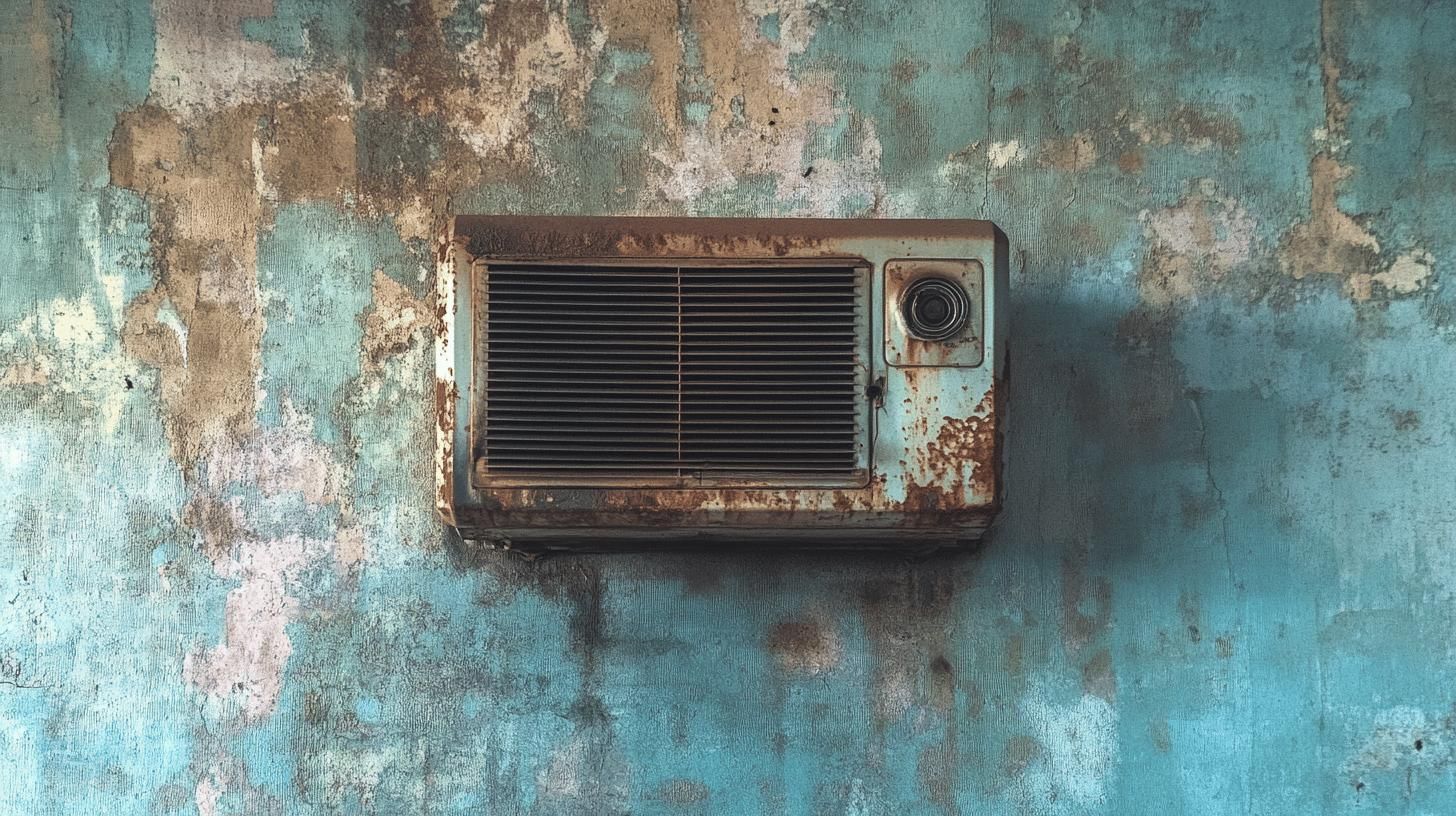
Electrical issues are key during home inspections, especially in homes built before the 1970s. A common problem is outdated wiring, like aluminum wiring used between 1965 and 1973, which is prone to overheating and poses fire risks. Outdated electrical panels are also frequently noted. They often have multiple wires connected to a single breaker, leading to frequent trips and safety hazards.
Inspections often look out for:
- Overheating aluminum wiring
- Double-tapped circuit breakers
- Lack of ground fault circuit interrupters (GFCIs)
- Uncovered or exposed wiring
It's wise to consult a licensed electrician for a thorough assessment. They can replace aluminum wiring with safer options, update panels, and install safety devices like GFCIs. These improvements boost safety and enhance the system's reliability and efficiency.
Plumbing Issues and Their Impact During Home Inspections
Plumbing issues are frequently found in home inspections. They range from minor leaks to bigger problems like outdated piping systems. Polybutylene pipes, used from 1978 to 1994, are especially troublesome due to frequent leaks. If not addressed, they can cause water damage and inflate repair costs. Inspectors often find that faucets and shower heads need servicing due to leaks.
Home inspectors would always:
- Check for leaks under sinks and around faucets
- Inspect visible pipes' condition and material
- Assess water pressure and drainage
- Examine water heater for age and corrosion
- Verify backflow prevention devices are installed correctly
Homeowners should consider proactive repairs, like replacing polybutylene pipes with modern materials, to prevent leaks. Regular maintenance, such as fixing leaks, helps maintain plumbing efficiency and longevity.
HVAC Problems Detected in Home Inspections
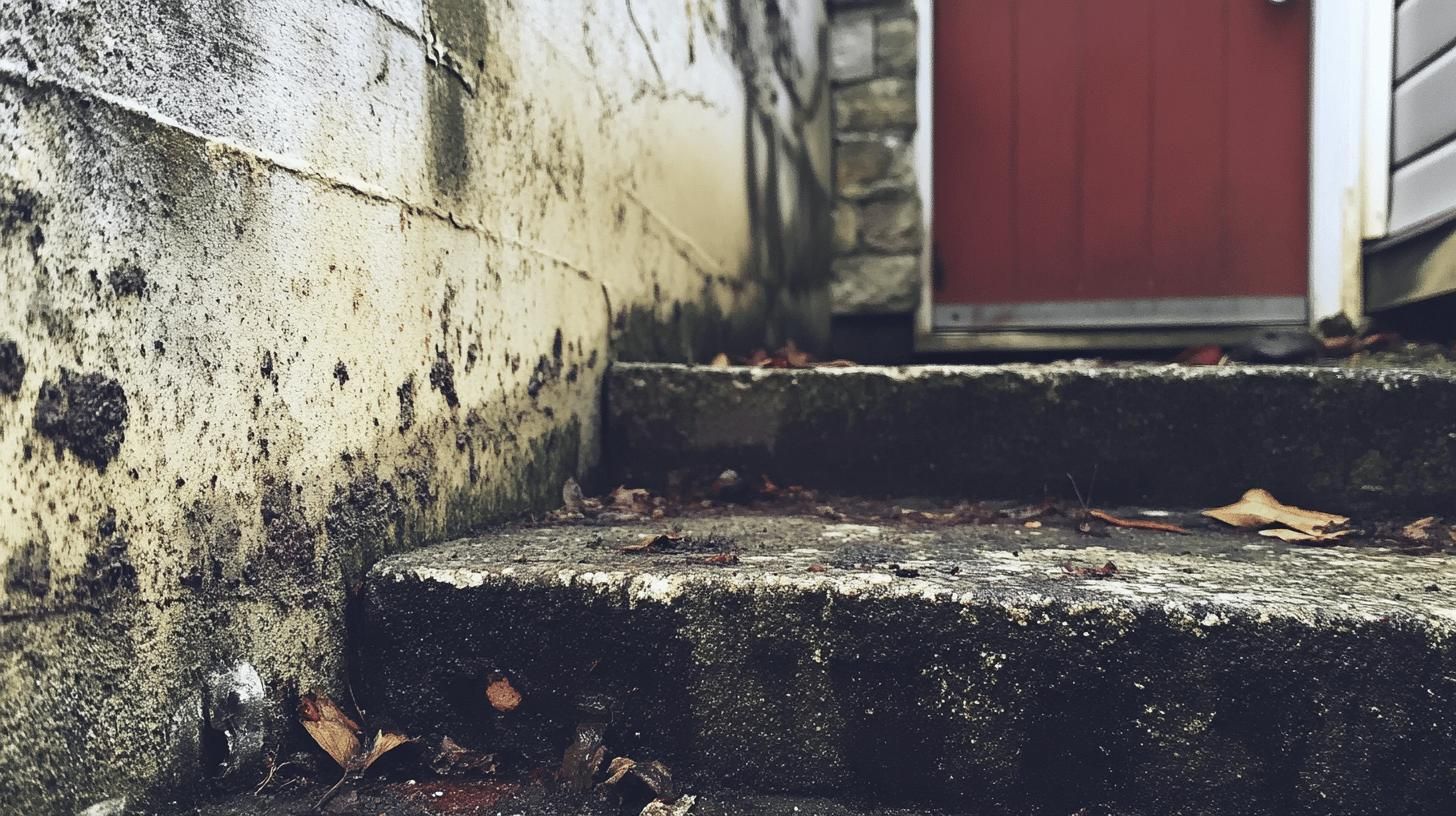
Water damage in homes often stems from roof leaks or poor drainage. Water infiltration can lead to structural issues and promote mold and mildew growth, degrading air quality and posing health risks. Poorly maintained gutters that don't divert water from the foundation can cause pooling and seep into basements or crawlspaces, requiring immediate action.
- Musty odors in certain areas
- Visible mold on walls or ceilings
- Water stains or discoloration
- Peeling or bubbling paint
- Warped or buckling floors
To address these issues, ensure gutters and downspouts are clear. Repair roof leaks promptly. Dehumidifiers help control moisture and prevent mold growth. For existing mold, professional remediation may be necessary. These steps protect structural integrity and improve air quality.
Preparing for a Home Inspection: Tips for Success
To best prepare a home for inspection, ensure everything is accessible and functional. Declutter areas like basements and attics for easy access to vital components. Test smoke and carbon monoxide detectors. Clear paths to utilities like the water heater and furnace. Address minor repairs like leaky faucets.
Using a home inspection checklist is crucial for assessing that all systems work and no areas are overlooked. This can help identify potential issues beforehand, smoothing transactions and reducing renegotiations. By proactively addressing common inspection points, sellers can enhance their property's appeal for a successful sale.
Final Words
Addressing common issues found during home inspections, from structural damage to electrical system concerns, is crucial for maintaining property safety and value. Structural integrity and plumbing efficiency are essential for long-term stability. Regular maintenance and timely expert consultations can protect investments and enhance property value. Prioritizing inspections leads to safer and more efficient homes.
FAQ
What are common issues found during home inspections in California and Texas?
In California and Texas, common home inspection issues include foundation cracks, roof leaks, electrical wiring concerns, plumbing leaks, and HVAC system inefficiencies. These can affect the property's safety, functionality, and value.
When should you walk away after a home inspection?
After a home inspection, walk away if issues such as severe structural damage, extensive mold infestation, or significant electrical problems are identified. These require costly remediation and may impact long-term property safety.
What are things that can fail a home inspection?
Homes may fail inspections due to major issues like structural damage, faulty electrical systems, outdated plumbing, and roof deterioration. These can be crucial for determining the property's habitability and safety.
What are the most expensive home inspection problems?
The most expensive problems include foundation repairs, mold remediation, roof replacements, and complete rewiring of outdated electrical systems. These repairs often demand substantial financial investment.
What is the riskiest part of a home inspection?
The riskiest aspect of a home inspection is uncovering latent structural issues. Such discoveries can lead to extensive repairs and impact safety and investment value.

